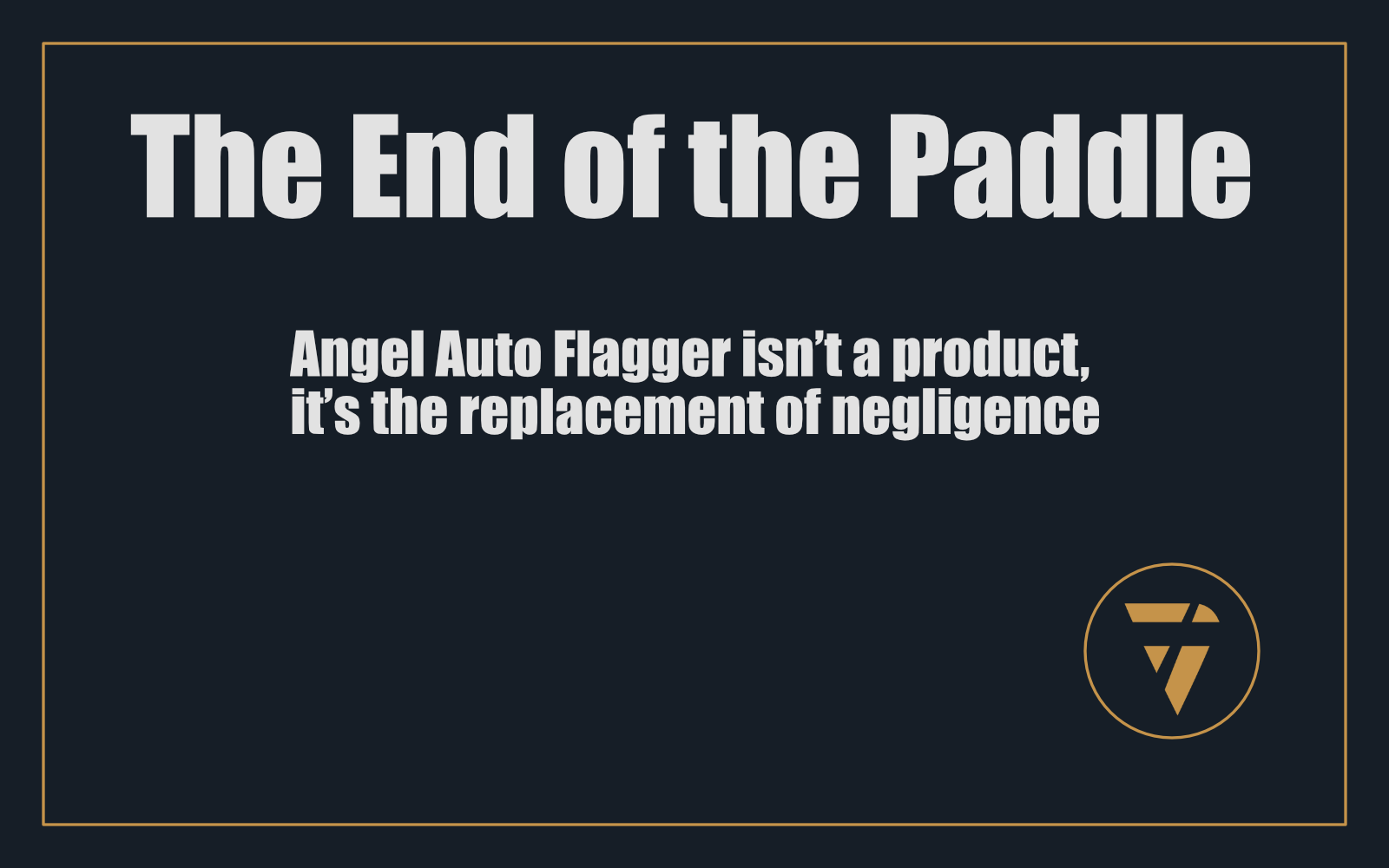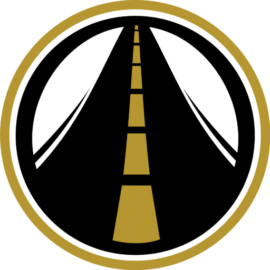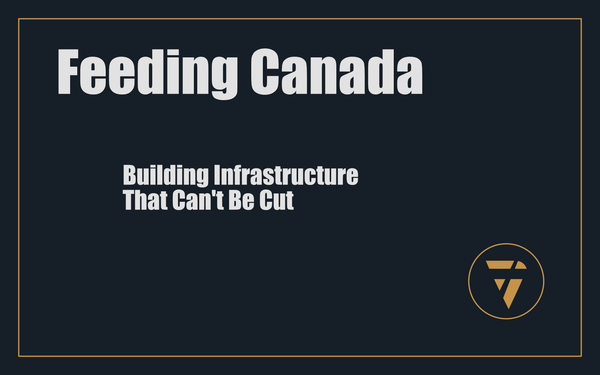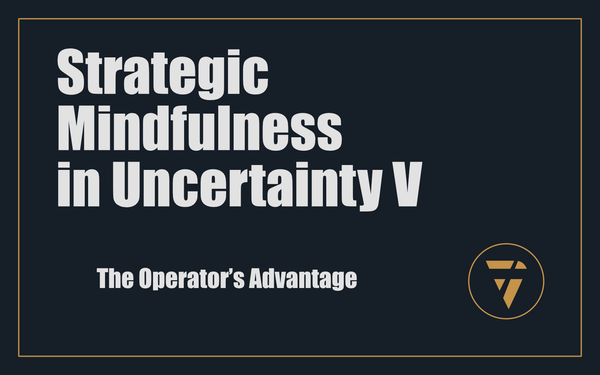The End of the Paddle

Angel Auto Flagger isn’t a product, it’s the replacement of negligence
A human being standing in traffic is not a solution. It's a failure made tolerable by repetition.
We’ve trained ourselves to believe it’s normal. The vest, the paddle, the presence. We’ve ritualised it—like high-vis absolves danger, like bravery cancels velocity. It doesn’t.
A flagger’s job is not traffic control. It’s exposure. It is the state-sanctioned placement of bodies in risk zones under the logic of necessity.
Except now it’s not necessary.
Which means every flagger on every road in 2025 is no longer a safety protocol.
They are a liability by design.
Why This Business Exists
Angel Auto Flagger wasn’t built in a lab. It was built in grief.

Kim and Donna didn’t sit around dreaming up ideas. They were jolted into action by a young woman’s death—her first shift, her last hour. Killed while holding a sign.
No fail-safe. No buffer. No second chance.
So they built one.
Not to automate. Not to innovate. To protect.
But the market didn’t know what to do with that. Because the market is trained to ask:
- “How fast does it scale?”
- “What’s the margin?”
- “What’s the market size?”
Not: “How many funerals does this prevent?”
What We Really Sell
We don’t sell AFADs. Nobody wakes up wanting an Automated Flagger Assistance Device. Not even the people who deploy them.
What they want is:
- Fewer injury reports.
- Safer job descriptions.
- Easier hiring.
- Lower premiums.
- No lawsuits.
- No death calls.
They don’t want the device.
They want the deletion of the risk the device replaces.
That’s what Angel is.
A deletion engine.
We don’t install technology.
We uninstall vulnerability.
From Hardware to Infrastructure
The Angel unit is tangible. Hitch-mounted. Remote-controlled. Field-tested. But it’s not the product.
The product is the new standard it represents.
The Guardian Standard isn’t a concept. It’s a doctrine.
It says:
“If a safer method exists—and it’s not being used—then your procedure is not compliant. It’s criminal.”
This flips procurement from discretionary to mandatory.
This flips deployment from budgeted to required.
This flips Angel from invention to infrastructure.
We don’t ask cities to buy.
We give them one install and let the liability department do the rest.
We Don’t Sell Units. We Install Mandates.
Saskatchewan is our first theatre. Not because it’s big. But because it’s ours. The people. The roads. The problem.
It’s where the tragedy happened.
It’s where the first fix was built.
And it’s where the first law will pass.
We’ve submitted the language.
We’ve documented the pilots.
We’ve recruited the families, the flaggers, the frontline EMS.
Because law isn’t a theory. It’s a network of testimonies, data, and visible consequence.
Once Saskatchewan installs the Guardian Standard, we replicate province by province.
And every new law is not just a win for Angel.
It’s a systemic deletion of a national failure.
Business Model: Simple. Durable. Defensible.
You either buy the unit, lease it, or license the standard to meet compliance.
Margins are strong. Supply chain is North American. IP is protected.
But the commercial model isn’t about price.
It’s about position.
Because once the Guardian Standard is law, every device that meets it validates our blueprint.
And we own the reference architecture.
What Investors Get Wrong
They look at the unit count.
They ask about CAC and LTV.
They wonder why we haven’t scaled faster.
Because they’re measuring speed in dollars.
We measure it in deaths not yet repeated.
You can’t blitzscale dignity.
You install it. Street by street. Province by province. Until standing in traffic becomes as unthinkable as driving drunk.
And then—only then—do you scale.
Not with advertising.
With absence.
What This Is
Angel Auto Flagger is not a business in the traditional sense.
It's a correction. A refusal. A deletion.
We are removing an outdated assumption: that safety means exposure, and that visibility is enough to survive.
It’s not.
We are replacing that assumption with a new operating law: if you can remove the human from the lane, you must.
Everything else follows.
What Comes Next
We finish the pilot in Saskatchewan.
We get the law passed.
We document the outcomes.
We franchise the mandate.
We license the standard.
We partner with federal insurers.
We deploy globally, only where there’s real consequence.
But more importantly—
We stop the next flagger from dying.
Not by chance.
Not by hope.
But because we made the old method illegal by comparison.
That’s our scale.
Final Word
Every day we wait, the next impact is closer.
Every excuse, every delay, every budget stall—it all leads to the same scene:
An officer.
A clipboard.
A family in shock.
We could have installed the alternative.
We had the tech.
We had the plan.
We had the chance.
Angel exists so that line is never said again.
This is not a legacy business.
It’s the beginning of the end—of people standing in roads because we hadn’t thought hard enough about what comes next.
Now we have.
Now we build.
Angel Auto Flagger
Not a company. A correction.
Built in Canada.
Forged in grief.
Installed in law.
This is what I’m working on. Tell me what you think, I enjoy the conversation! Subscribe and follow the work in real time.
Thanks!
B

Every flagger in traffic is a lawsuit waiting for velocity.
It’s not a job. It’s state-sanctioned exposure masked as protocol.
We don’t automate traffic. We delete the condition that made flaggers necessary.
PS -







